Recently, Mr. Darren Teng, Chairman of the Board of Cambodia Securities Plc., made a significant projection regarding Cambodia’s economic development that the country’s GDP growth rate in 2027 will exceed 8%.
This optimistic forecast is based on comprehensive analysis of government policies, investment, consumption, imports and exports, and public expenditure.
Cambodia’s Economy Maintains High Growth,
Poised for Further Acceleration in the Next 2–3 Years
Over the past 20 years (2000 - 2020), Cambodia’s annual average GDP growth rate exceeded 7%, making it one of the fastest-growing economies globally. This achievement stems from key government reforms, industrial development strategies, and regional cooperation. Despite the decline during the pandemic, Cambodia’s economy has rebounded expeditiously. If its structural advantages continue to deliver, the country is expected to return to high growth and surpass 8% in 2027, supported by historical trends.
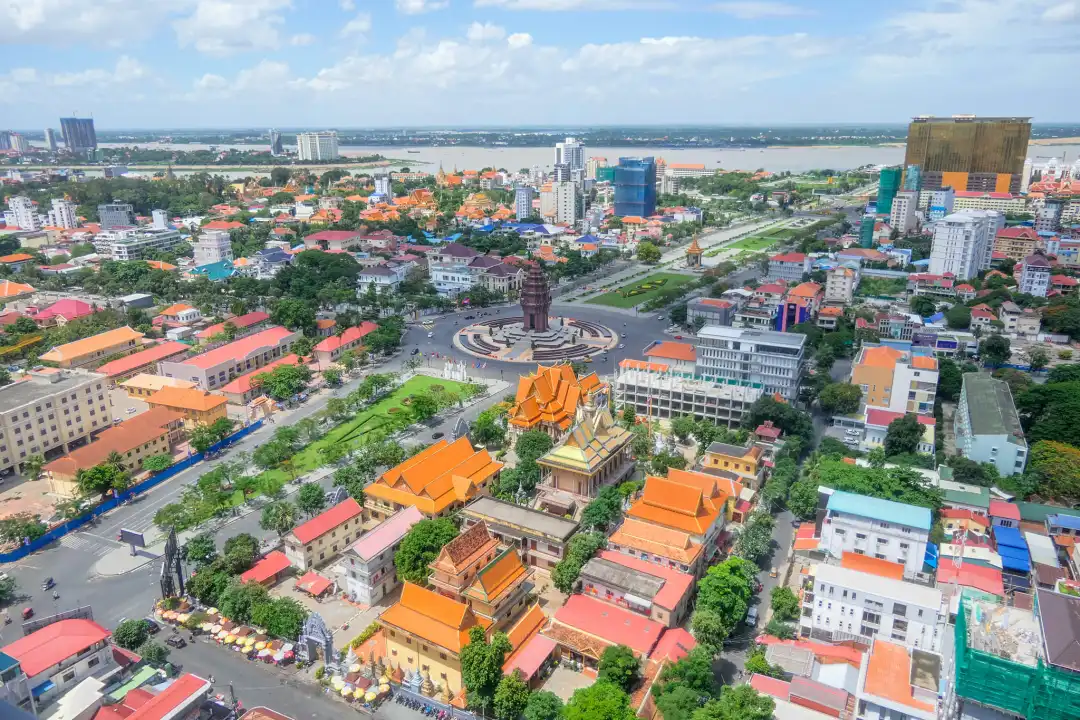
Under the leadership of Prime Minister Hun Manet during Cambodia’s 7th term administration, the country is poised to leverage a range of favorable factors—including strategic government policies, foreign direct investment (FDI), export growth, infrastructure development, rising domestic consumption, benefits from regional trade agreements, and a youthful population—to drive the expansion and breakthroughs of emerging industries.
Foreign Direct Investment Surge:
USD 48.4 Billion Fuels Industrial Upgrade
Investment, consumption, and exports—the "three engines" of economic growth are being energized by an influx of FDI, accelerating Cambodia’s development and industrial transformation. Mr. Darren Teng noted that Cambodia’s economy is growing at 1.5 to 2 times the pace of the past, with industrial upgrades becoming inevitable.
According to the National Bank of Cambodia, total FDI inflows from 2018 to 2023 reached USD $48.4 billion, accounting for 10–12% of GDP. This makes FDI a core driver of economic transformation and industrial upgrading.

In the first 10 months of 2024, Cambodia approved 346 fixed-asset investment projects worth USD $5.5 billion. Data showed that Cambodia also attracted a total of USD $6.9 billion in FDI in 2024. This means that about 79.71% of FDI in 2024 went into fixed-asset projects.
As a key driver of aggregate demand, fixed-asset investment plays a critical role in job creation and consumption growth. Looking ahead to 2026–2027, this wave of investment is expected to significantly expand Cambodia’s trade volume, strengthen production capacity, and accelerate industrial upgrading through technological advancement and innovation."
In 2024, the Council for the Development of Cambodia (CDC) approved 414 investment projects—nearly 400 in industrial sectors—spurring construction of factories, industrial parks, real estate, and supporting infrastructure.
This momentum continues into 2025, with 172 projects approved in the first quarter alone, totaling USD $2.5 billion in investment—marking a 14% year-over-year increase. China accounted for the largest share, contributing 56.2% of the total.
The ongoing wave of industrial relocation continues to attract large-scale foreign direct investment into Cambodia, further accelerating the country’s economic growth.
Government Policy Support
And Multilateral Cooperation Drive Diversified Development
The Hun Manet administration is vigorously implementing the "Pentagon Strategy" to diversify the economy. This includes revising the “Investment Law” and intensifying global investment promotion efforts.
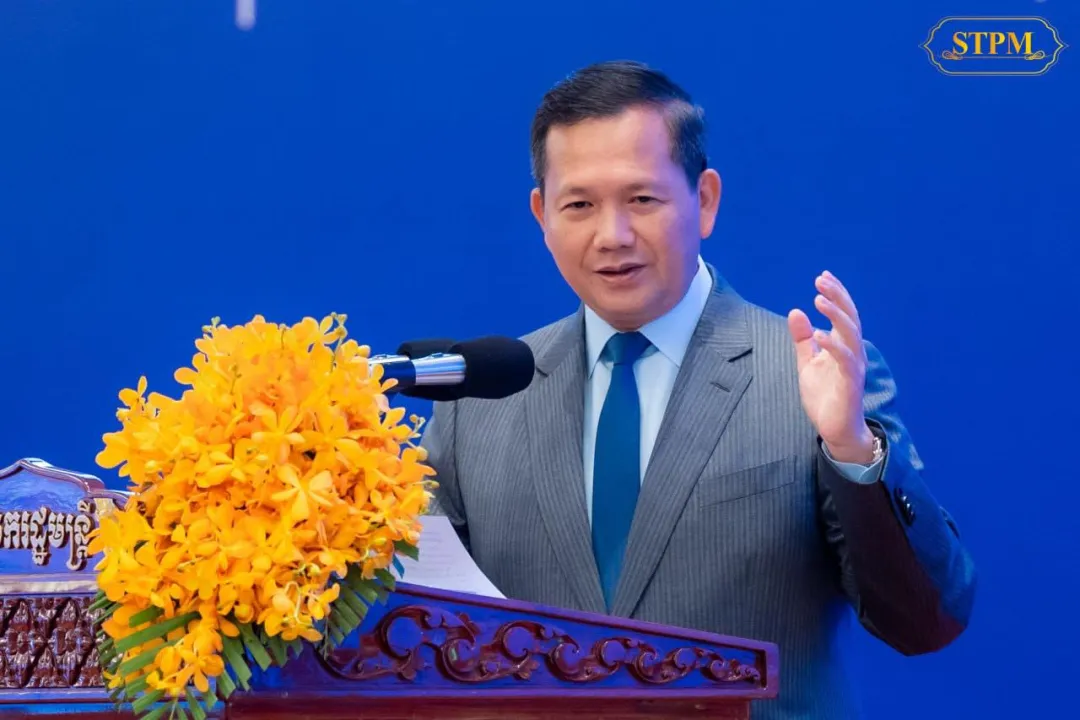
In foreign affairs, the government is expanding multilateral ties and regional integration, reducing overdependence on single export markets and building economic resilience in a volatile global environment.
China has long been Cambodia’s largest source of foreign investment. On April 17–18, 2025, President Xi Jinping paid a state visit to Cambodia. During the visit, the two countries issued a joint statement pledging to build a new-era, all-weather Cambodia–China community of shared destiny. A total of 37 agreements were signed, covering key projects such as the Funan Techo Canal and the Sihanoukville Special Economic Zone, and spanning a wide range of sectors including investment, commerce, education, finance, information technology, youth affairs, agriculture, healthcare, water resource management, tourism, and women’s development. At the same time, China pledged to further open its vast domestic market to Cambodia, supporting the Kingdom’s efforts toward industrial upgrading and economic diversification.
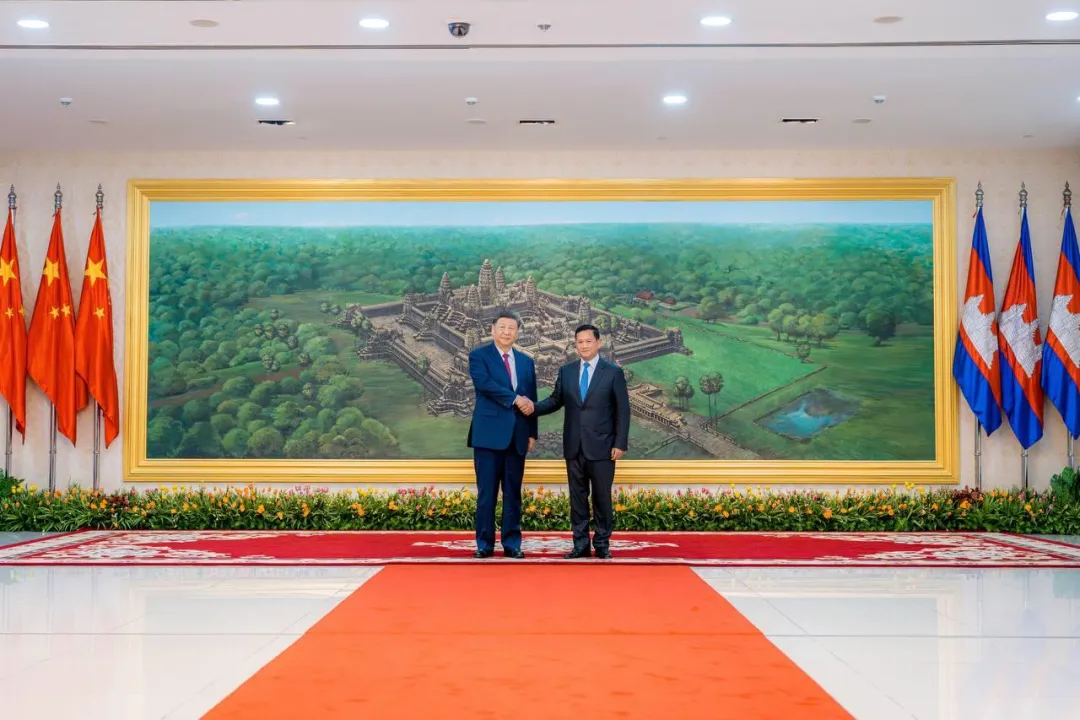
A Cambodian scholar remarked in an interview, 'Amid a complex and rapidly changing global economic landscape, this visit has injected a strong boost to Cambodia’s economic development.'
These 37 agreements are diverse and forward-looking, including both "hard connectivity" (infrastructure) and "soft connectivity" (education, finance, health, youth affairs), creating favorable conditions for Cambodia’s economic transformation and high-speed growth.
Regional preferential tariff agreements have helped Cambodia’s total trade volume rise.
The export-oriented trend is obvious
Cambodia actively promotes multilateral and regional cooperation. Thanks to agreements like RCEP, AFTA, LDC, and EBA, exports to over 40 countries enjoy zero tariffs.
Between 2020 and 2024, Cambodia’s total trade volume rose significantly—from USD $37.01 billion to USD $54.7 billion—representing a cumulative increase of approximately 47.7%.
Since the Regional Comprehensive Economic Partnership (RCEP) came into force in 2022, its member states have become Cambodia’s key trading partners. In 2024, Cambodia’s trade with RCEP members reached USD $34.5 billion, a 17.7% year-over-year increase, accounting for 62% of the country’s total trade. Exports to RCEP nations exceeded USD $9 billion (up 12.7%), while imports reached USD $25.4 billion (up 19.6%).
Trade with China continues to expand, solidifying its status as Cambodia’s largest bilateral partner. At the same time, Cambodia’s export markets are becoming more diversified, with increasing engagement from the United States, European Union, ASEAN, and other RCEP countries. This diversification reduces reliance on any single market and helps buffer the economy against external policy shocks.

Cambodia is steadily integrating into regional and global supply chains, with its position in the international trade system continuing to rise.
As global trade patterns shift, Cambodia is capitalizing on its open investment environment, absence of foreign exchange controls, and free circulation of the U.S. dollar (eliminating currency risk). These advantages are positioning the country as a prime destination for industrial relocation and a potential regional manufacturing or financial hub.
Ongoing industrial upgrading and the strengthening of supply chains will further reinforce Cambodia’s transformation into an export-oriented economy. By 2027, this is expected to become a major driver of growth.
Domestic Demand Surges as Consumption Power Awakens.
Tourism on Track for Full Recovery by 2027
Cambodia’s Consumer Price Index (CPI) reached a historic high of 209.70 in January 2025, indicating strong momentum in domestic demand.
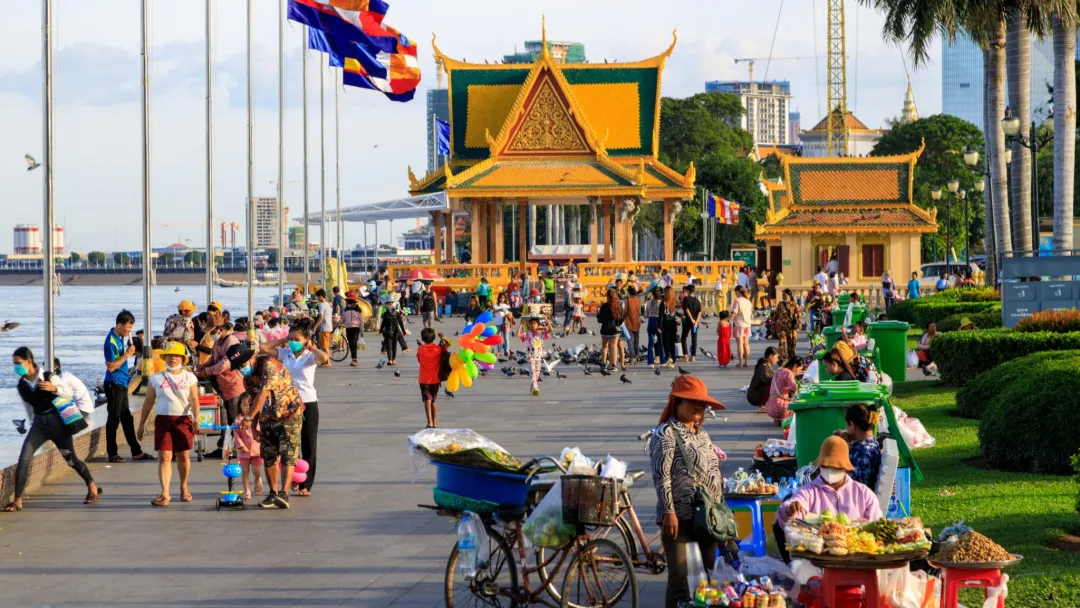
In 2024, per capita GDP surpassed the USD $2,000 threshold. According to the Ministry of Economy and Finance’s draft 2025 “Fiscal Management Law”, GDP is projected to reach USD $51.39 billion in 2025, with per capita GDP rising to USD $2,924. This reflects a significant rise in household income, unlocking greater capacity for spending and investment. As a result, consumer behavior is shifting, with growing demand for higher-quality goods and more diversified services. Spending is set to rise significantly in sectors such as home appliances, automobiles, consumer electronics, healthcare, education, tourism, and entertainment.
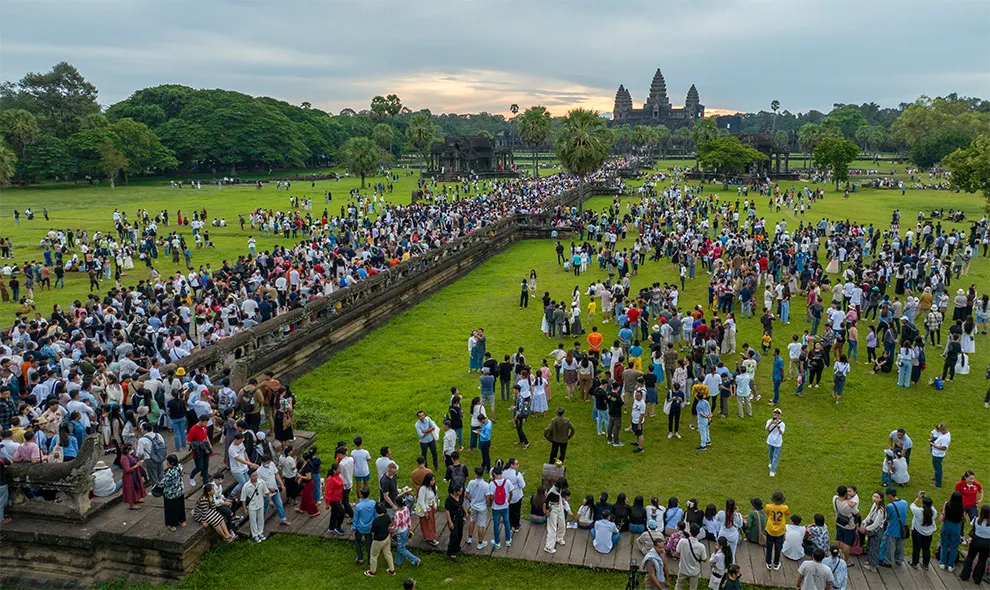
Increased inbound tourism will further stimulate domestic consumption. The sector currently contributes around 12% of Cambodia’s GDP. In 2023, visitor arrivals rebounded to 80% of pre-pandemic levels. With air connectivity rapidly expanding, major airlines are restoring and launching new routes. A key milestone will be the launch of the 4F-rated Phnom Penh Techo International Airport in July 2025. Capable of handling large, long-haul aircraft such as the Airbus A380-800 and Boeing 747-8, the new airport is expected to become a vital international gateway and transit hub. Before the pandemic, China was Cambodia’s largest source of international tourists. Under the latest bilateral agreement, 2025 has been designated the "Cambodia–China Year of Tourism," with China expected to encourage substantial outbound travel to Cambodia.
Tourism is forecasted to fully recover by 2027, providing a powerful boost to related sectors including hospitality, dining, and retail.
Rising Fixed Asset Prices Signal Long-Term Growth Potential
Drawing lessons from China’s economic surge between 2003 and 2011—when GDP growth hovered between 8% and 10%—fixed asset prices, particularly in real estate, industrial land, and capital equipment, saw substantial increases.
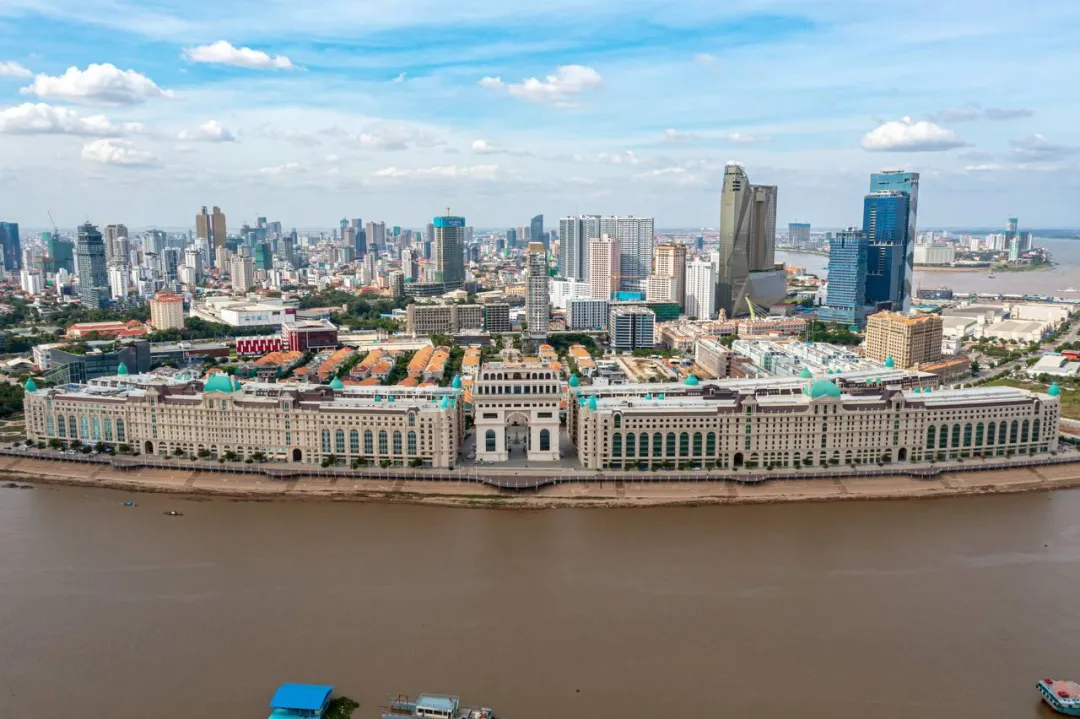
A similar trend appears to be unfolding in Cambodia. With robust economic growth, rising incomes, expanding enterprises, and heightened investment activity, demand for fixed assets is climbing—pushing prices upward.
According to Mr. Darren Teng, by 2027, the value of Cambodia’s fixed assets is expected to increase significantly. He suggests that the current period may represent a prime window for investment, particularly in Phnom Penh’s real estate market and industrial land in Sihanoukville, which offer strong long-term potential.
Cambodia now stands at a pivotal point in its economic development. With coordinated policy support, deepening strategic partnerships, industrial transformation, and multi-sectoral momentum, the country is building a diversified foundation for sustained growth. If these trends hold, Cambodia’s GDP growth rate could indeed surpass 8% by 2027—marking a new chapter in its rise as a regional economic powerhouse!